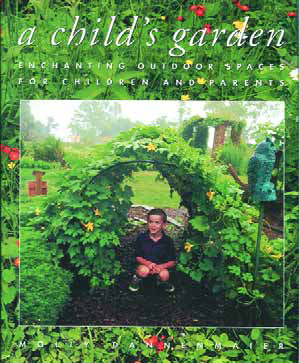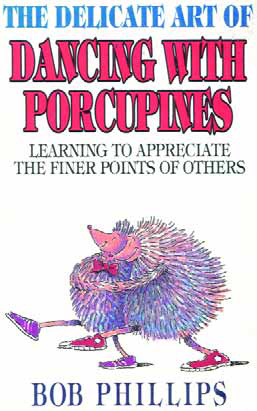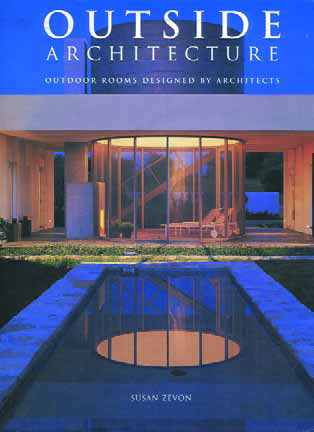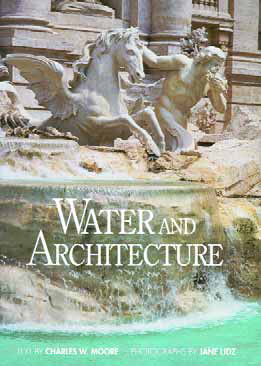Book & Media Reviews
This column must be prefaced with the thought that, for a great many of our clients, perception is reality. That's something I hold onto whenever I get involved in trying to understand and use feng shui, the ancient Chinese method for arranging harmonious, balanced spaces. I am far from a devotee of the art (or science, as some would have it), but I'm aware that some of my clients know a thing or two about it - and that knowing something myself is essential to working with them successfully or at all. There are literally hundreds of books about feng shui. Of the half dozen I've read, none is better suited to the needs of the watershaper than The Complete Illustrated Guide to Feng Shui for Gardens by Lillian Too (Element, 1999). There are a couple of key points that make Too's perspective on feng shui so useful: First, she
When clients call me in to design their backyards, one of the main things many of them want is a safe environment for their children. I've always thought of myself as a big kid at heart and also look at things as a father, so I've always felt confident and fully prepared meet my clients' desires while creating spaces that really work for kids. How little we sometimes know! After reading A Child's Garden: Enchanting Outdoor Spaces for Children and Parents by Molly Dannenmnaier (Simon & Schuster, 1998), it's now clear to me just how much more can be done in watershape and garden spaces to engage children of all ages. Indeed, this book showed me that there's much, much more to designing for children than
The Delicate Art of Dancing with Porcupines by Bob Phillips (Regal Books, 1989) may have one of the most unusual titles I've ever seen, but fortunately the quirky name didn't stop from picking it up several years ago. At this point, I've read it multiple times and have taken to presenting it quite often as a gift to friends and associates. I like it so well myself because the text applies in practical and profound ways to my work as a watershape designer. I share it with others because it has had something to say about every aspect of my life and can do the same for them, too. A widely published marriage and family counselor, Phillips is best known for this small book (just 160 pages) in which he examines in wonderfully clear and concise detail what he calls "social style." The idea is that people generally fall into categories having to do with
"True form is always organic in character." -- Frank Lloyd Wright I never studied Frank Lloyd Wright in school, but I've been intrigued by his work and design philosophy for years and had long intended to fill this gap in my education on my own. But that's proved to be easier said than done because of the huge number of books about him: There are simply so many of them that I never knew where or how to start. This dilemma came to an abrupt end when I ran across a book written in Wright's own hand. That book, An American Architecture, was first published in 1955 by Horizon Press and was reissued by Barnes & Noble in 1998. Edited by Edgar Kaufmann, the text is a compilation of Wright's notes, speeches and lectures spanning
Amazing things can happen when great architects think beyond the walls and tackle exterior design as part of their projects. That's a message that comes through loud and clear and repeatedly in Susan Zevon's Outside Architecture (Rockport Publishers, 1999). Throughout the book's 190 generously illustrated pages, she covers the work of 18 architects - using multiple examples from each while focusing not so much on individual projects but rather on key features, styles and design philosophies that cut across the range of the fine work on display. About three quarters of the projects are residential and range stylistically from classic to modern at locations scattered across the United States and Mexico. Nearly all of the architects were new
Back in February's WaterShapes, I stepped a bit beyond the usual in discussing Harvests of Joy by Robert Mondavi, noting that I'd read the book based on a recommendation from fellow WaterShapes columnist Brian Van Bower. I also mentioned that the book was one of the most important I've come across in recent years. This time around, I'd like to review another of Brian's recommended books - one he suggested during a seminar I recently attended and which has also proved to be wonderfully useful and extremely influential: Samurai Selling: The Ancient Art of Service in Sales by Chuck Laughlin and Karen Sage with Marc Bockmon (St. Martin Press, 1993). Until I read this book, my sense of what Samurai were all about was based on no more than warrior movies and video games. What I learned instead is that Samurai based their lives entirely on a concept of service (of which warfare was only a small part). The authors use the philosophy of the Samurai to define
Most coffee-table books on swimming pools published to date have dealt almost exclusively with the work of architects and landscape architects. The past year, however, has seen the publication of three new books about pools - each of them focusing primarily on the work of pool contractors. The result is three books that cover a broad range of styles and designs - a trio I've already found to be extremely useful as
When I first picked up Water and Architecture by Charles W. Moore (published by Harry H. Abrams in 1994), I thought I'd found the perfect resource for those of us who design and build contained, controlled bodies of water. As I delved into this book's incredibly well-illustrated 224 pages, however, for a short time I worried that the text was mostly irrelevant to the working lives of watershapers. Ultimately, however, I found the text to be very helpful - even if it wasn't in the manner I had initially thought. I was disheartened initially because the text seemed so broad in its coverage of water and architecture - and so rooted in history and philosophy - as to be of little practical use. Specifically, Moore deals with subjects as grand as rivers, oceans, harbors and architectural history in very broad and almost
So often it's the finest or most delicate touches that make or break backyard projects - and exploring the constituents of those touches is what Garden Ornament by Linda Joan Smith (Workman Publishing, 1998) is really all about. This beautifully illustrated, 136-page book tackles head on the often overlooked subject of garden ornamentation and, in doing so, pulls back the veil on a remarkably rich set of design touches and specific objects you can use to lend interest to your projects, generate enthusiasm among your clients and, ultimately, give your projects real visual energy. That set of ideas includes items that can be used to add beauty and even






















